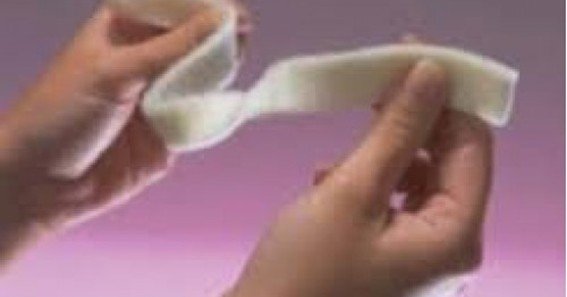Understanding Calcium Alginate Ag Dressings
Calcium alginate Ag dressings are advanced wound care products that combine the high absorbency of calcium alginate with the antimicrobial properties of silver (Ag). Derived from brown seaweed, calcium alginate transforms into a gel upon contact with wound exudate, maintaining a moist environment conducive to healing. The addition of silver ions provides broad-spectrum antimicrobial activity, reducing the risk of infection in various wound types.
Benefits of Calcium Alginate Ag Dressings
- High Absorbency: Capable of absorbing significant amounts of exudate, making them suitable for moderate to heavily exuding wounds.
- Antimicrobial Action: Silver ions released in the presence of wound fluid help combat a wide range of microorganisms, including antibiotic-resistant strains.
- Moist Wound Environment: The gel formation maintains a moist environment, promoting faster healing and reducing pain during dressing changes.
- Conformability: These dressings conform to wound contours, ensuring optimal contact and protection.
Indications for Use
Calcium alginate Ag dressings are indicated for:
- Pressure ulcers
- Diabetic foot ulcers
- Venous leg ulcers
- Surgical wounds
- Traumatic wounds
- First and second-degree burns
They are particularly beneficial for wounds at risk of infection or those already infected.
Application and Removal
- Preparation: Cleanse the wound area according to standard protocols.
- Application: Apply the dressing directly to the wound bed, ensuring full coverage.
- Secondary Dressing: Secure with an appropriate secondary dressing to maintain placement.
- Removal: Dressings can typically remain in place for up to 7 days, depending on exudate levels. To remove, gently irrigate with saline if the dressing adheres to the wound bed.
FAQ
Q1: Can calcium alginate Ag dressings be used on dry wounds?
A1: These dressings are designed for wounds with moderate to heavy exudate. Using them on dry wounds may lead to adherence and discomfort.
Q2: How often should the dressing be changed?
A2: Change frequency depends on wound exudate levels but generally ranges from every 1 to 7 days.
Q3: Are there any contraindications?
A3: Avoid use on individuals with known sensitivity to alginates or silver. Not recommended for third-degree burns or dry wounds.
Q4: Do these dressings require a secondary dressing?
A4: Yes, a secondary dressing is needed to secure the alginate dressing and manage exudate.
Q5: Where can I purchase calcium alginate Ag dressings?
A5: They are available through medical supply stores and online retailers.
Incorporating calcium alginate Ag dressings into wound care protocols can significantly enhance healing outcomes, particularly in wounds prone to infection. Their unique combination of absorbency and antimicrobial action makes them a valuable tool in modern wound management.










